|
|
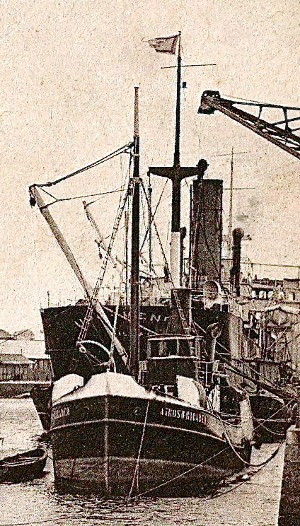 |
|
|
 |
| Shipyard / Year | James Coll Gray / 1905 | |
| Dead Weight | 120 | MT |
| Gross Register | 91 | GRT |
| Lenght | 20.3 | mtr |
| Breadth | 5.3 | mtr |
| Depth | 2.6 | mtr |
| Propulsion | Alternative triple expansion/ | |
| Power | 110 | H.P. |
| Speed | 6 | knots |
| Bought | 1916 | to |
| Owner | Compañía del Vapor Airoso | |
| Sold | 1951 | to |
| Owner | Chacartegui Arrinda | |
| Sunk | 1969 | |
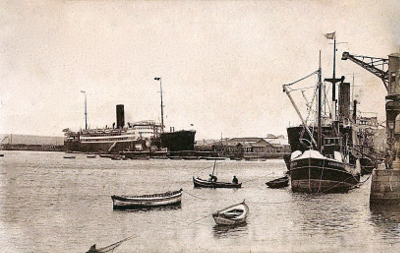 |
|
|
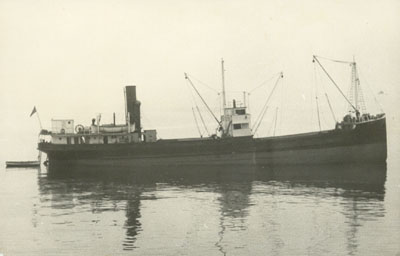 |
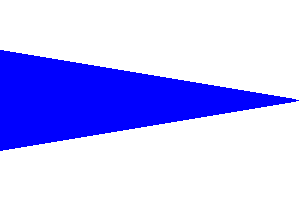
|
|
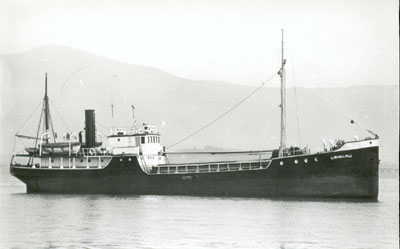 |
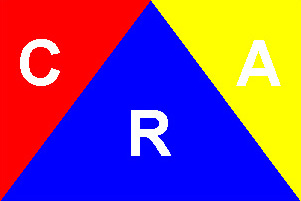
|
|
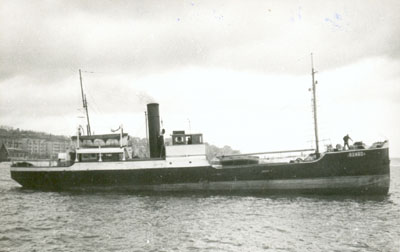 |
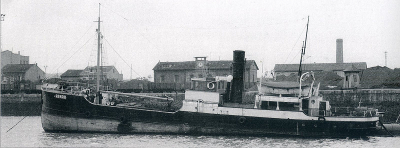 |
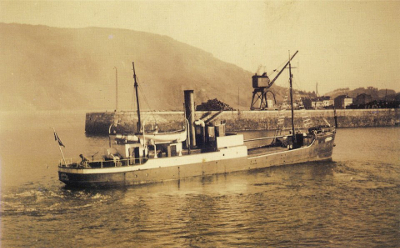 |
|
|
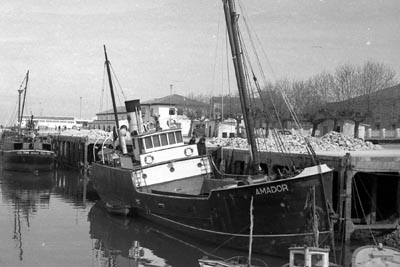 |
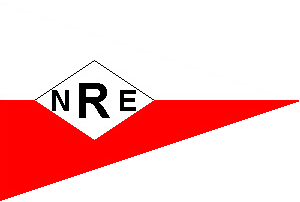
|
|
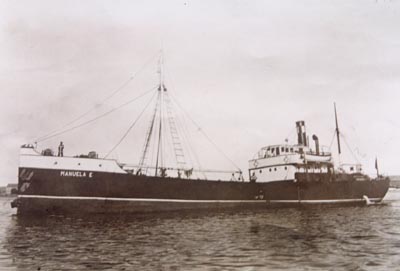 |
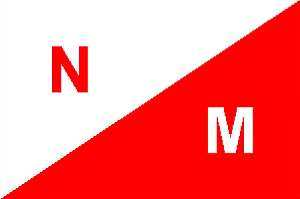

|
|
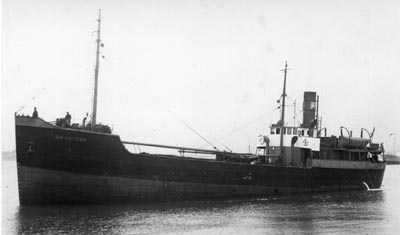 |
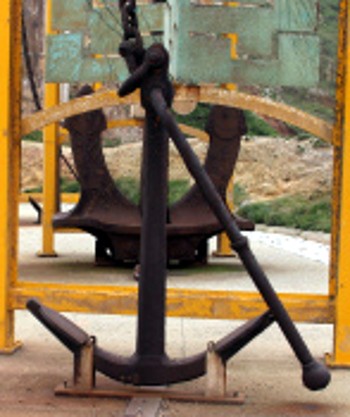 |
